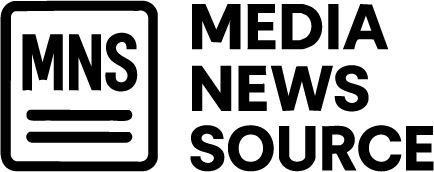USDA withdraws plan to reduce salmonella, halting efforts to address food safety concerns.
The U.S. Department of Agriculture (USDA) announced its decision to withdraw a rule proposed by the Biden administration aimed at mitigating the risks associated with salmonella in poultry products. This reversal, communicated on Thursday, is significant given that the proposed measures were designed to prevent the sale of contaminated chicken and enhance food safety protocols across the poultry industry.
The USDA indicated that the proposed regulation would impose substantial financial and operational challenges on both American businesses and consumers. If enacted, the rule was expected to introduce new safety standards to eliminate raw chicken and chicken parts contaminated with salmonella. Additionally, it would have necessitated a comprehensive overhaul of existing safety practices and testing protocols in slaughterhouses to effectively guard against contamination.
Salmonella is a well-known bacterium responsible for foodborne illnesses, with the Centers for Disease Control and Prevention (CDC) estimating approximately 1.35 million infections occurring annually in the United States. The health ramifications of salmonella exposure can be severe, prompting public health advocates to express concern over the USDA’s withdrawal of this pivotal rule.
Critics, including Sarah Sorscher, the director of regulatory affairs at the Center for Science in the Public Interest, have condemned the decision, arguing that it permits poultry processors to continue distributing raw chicken and turkey products even when they test positive for hazardous strains of salmonella. This development raises questions about the federal government’s commitment to maintaining stringent food safety standards and protecting public health.
This policy shift comes at a time when other sectors of food safety oversight are facing scrutiny as well. For example, the Food and Drug Administration (FDA) recently made headlines by laying off approximately 3,500 employees. This decision has raised alarms about the agency’s capacity to effectively manage and enforce safety regulations across various sectors, including food products.
As the correction to USDA’s proposed salmonella regulations unfolds, stakeholders within the poultry industry and public health communities are expected to continue monitoring the potential implications on food safety and public health in the U.S. The discourse surrounding these developments highlights the ongoing tension between regulatory practices and market considerations within the food industry. Such discussions will likely persist as consumers remain vigilant about food safety and the impacts of regulatory changes on their health.
Media News Source







